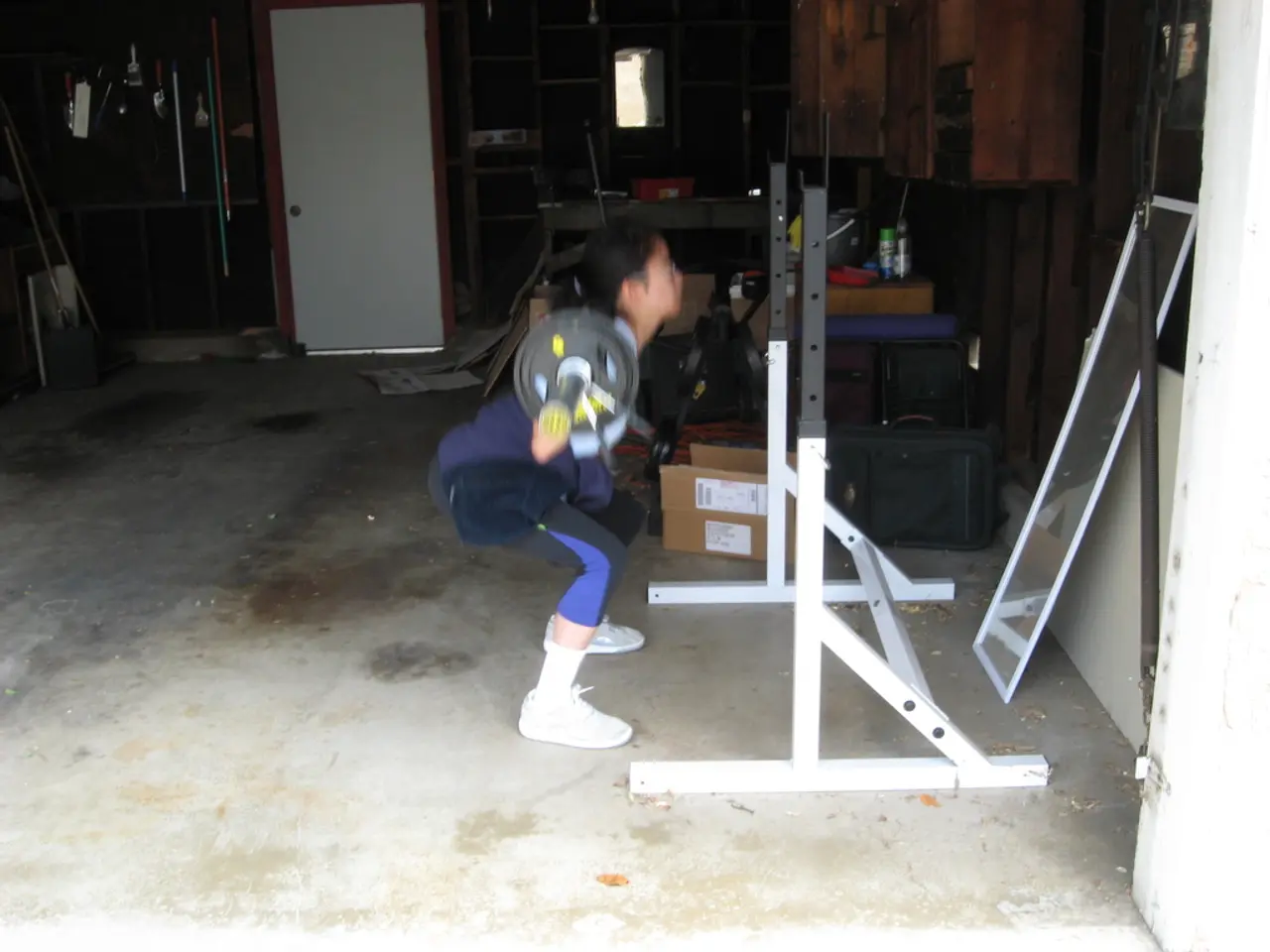Detecting Pain in Children Automatically through Facial Expressions and Electrodermal Signals
Improving Pain Detection in Children Through Fusion of Video and Electrodermal Activity (EDA)
A new approach to pain detection in children is being explored through the use of fusion models that combine video and electrodermal activity (EDA) analysis. This innovative method aims to enhance the accuracy and generalizability of pain detection systems for trained professionals and parents.
The fusion of these models is designed to make pain detection more precise by leveraging complementary information from visual cues and physiological signals. Video captures facial expressions and body movements associated with pain, while EDA measures sympathetic nervous system arousal linked to pain-related stress responses. By combining these modalities, the model can detect pain indicators that may be subtle or ambiguous in one modality alone.
One of the key advantages of this multimodal approach is its improved generalization in domain adaptation. Domain adaptation refers to the challenge of applying a model trained on one dataset or population to another with different characteristics, such as different age groups, settings, or sensor conditions. Fusion models that integrate multiple modalities provide richer representations, making the learned features more invariant to domain shifts and improving performance on new or unseen domains.
Another advantage is the enhanced detection accuracy. Multimodal fusion frameworks can use machine learning methods to effectively combine video and EDA feature streams, weighting the contribution of each modality according to their relevance and reliability. This reduces false positives and negatives and improves pain state classification.
While there are no direct findings on fusion models for automated pain detection in children, related multimodal classification frameworks (e.g., combining EEG and other biosignals) have demonstrated effectiveness in neurological and affective state detection. This suggests that similar principles apply for pain detection, where incorporating EDA with visual data through multimodal fusion can significantly aid in domain adaptation challenges.
In a special test case, the fusion of models trained on video and EDA features has shown to be more accurate than using EDA or video features alone for pain detection. The test case also involved domain adaptation to improve the accuracy of pain detection for the fusion of models trained on video and EDA features.
In conclusion, fusion models trained on video and EDA can improve automated pain detection in children by combining behavioral and physiological pain indicators, enhancing robustness against differing conditions or populations encountered during domain adaptation. This multimodal approach enables more reliable and generalizable pain recognition systems than single-modality models.
This innovative multimodal approach to pain detection in children combines video and electrodermal activity (EDA) analysis, leveraging technology and artificial intelligence. By incorporating facial expressions, body movements, and sympathetic nervous system arousal signals, it aims to boost health-and-wellness and mental-health aspects related to pain detection. The use of machine learning can further refine the process, integrating video and EDA feature streams for improved accuracy and generalizability in fitness-and-exercise and science settings. The application of eye tracking in the form of video analysis is projected to be an essential aspect of this futuristic health-and-wellness system.




